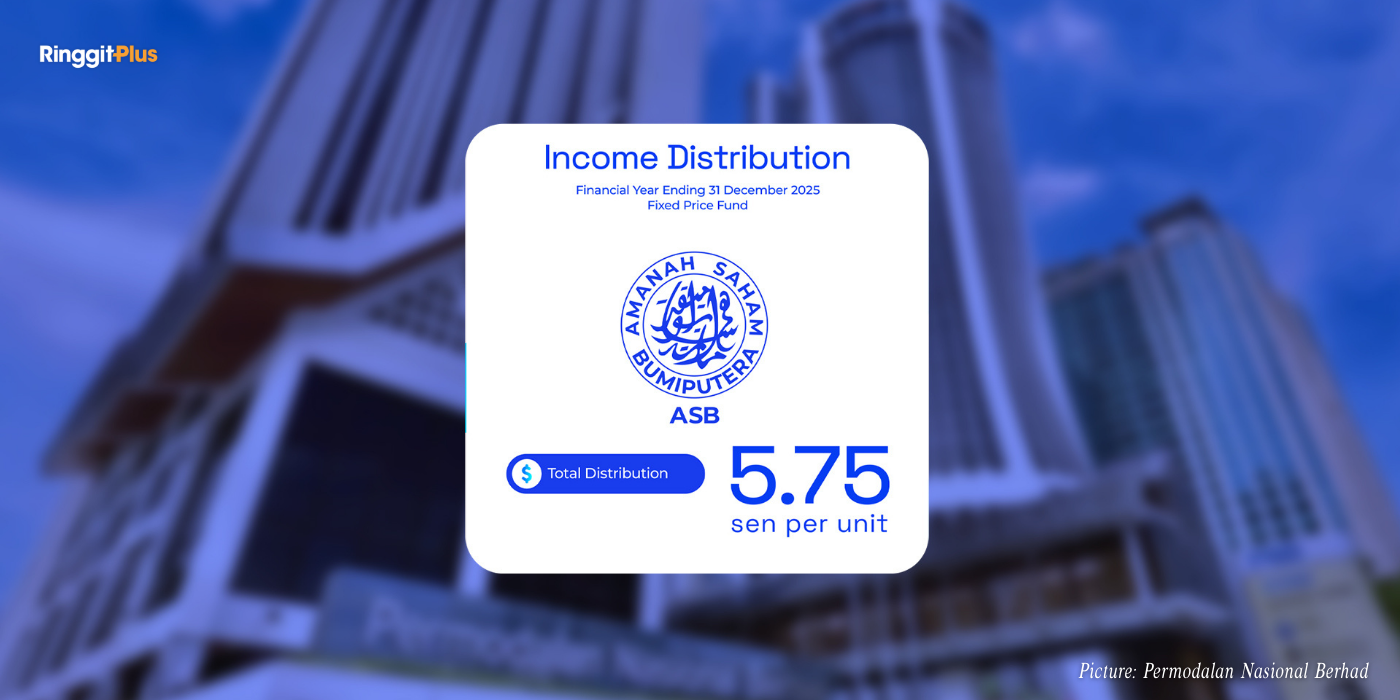Alex Cheong Pui Yin
15th July 2022 - 3 min read

Several economists have cautioned that Malaysia’s currency is likely to depreciate further, and may even breach 4.50 against the US dollar. However, they reassured that Malaysia’s situation is not as dire as one would expect.
For context, the ringgit has been slowly depreciating against the greenback in the past month, from about 4.20. At the close of trading yesterday, it settled at 4.44 – which is a 27-month low. This depreciation has been chiefly attributed to the US Federal Reserve’s recent aggressive interest rate hikes in a bid to combat inflation and recession; last June, the US Federal Open Market Committee (FOMC) raised its rate by 75 basis points instead of the predicted 50 basis points, bringing it from 1.5% to 1.75%. This is the most aggressive rate hike since 1994.
Not only that, the FOMC is even said to be considering another 100 bps rate hike in September.

“With a greater demand for the greenback (following another rate hike), the currencies of other countries, including ours, will feel the negative impact,” said the chief economist of Bank Islam Malaysia, Dr Mohd Afzanizam Abdul Rashid, adding that another 100 bps increase by the US Federal Reserves could push the ringgit beyond the 4.50 resistance level against the greenback.
Despite that, Dr Afzanizam reassured that all is not lost. He emphasised that Malaysia’s banking system and financial fundamentals are still holding out well. As such, the public should still be able to gain reasonable access to credit, and in the process, help the country’s economy with its growth.
“Malaysia still has a lot to offer. We have a talent pool that is conversant in English as well as decent infrastructure such as ports, airports, expressways, railroads, and electricity that make the movement of goods convenient,” Dr Afzanizam further said.

Economics professor at Sunway University, Professor Yeah Kim Leng also attributed the ringgit’s descent to the aggressive rate measures introduced by the US. “But how much more the ringgit will depreciate depends on how aggressive the US Federal Reserve is in its efforts to put a cap on inflation,” he said.
Prof Yeah commented as well that this dip is likely to only be temporary. “Raising rates to correct inflation tends to overshoot its target, and this could put pressure on the dollar as the world’s largest economy faces recession risks,” he highlighted. The US economy is projected to have a 40% chance of entering recession next year.
Back in May 2022, Finance Minister Tengku Datuk Seri Zafrul Abdul Aziz also reassured the public that the ringgit’s current depreciation is caused only by temporary factors. It is expected to strengthen eventually given Malaysia’s prudent management of the currency and strong economic fundamentals.
(Source: Free Malaysia Today)








Comments (0)